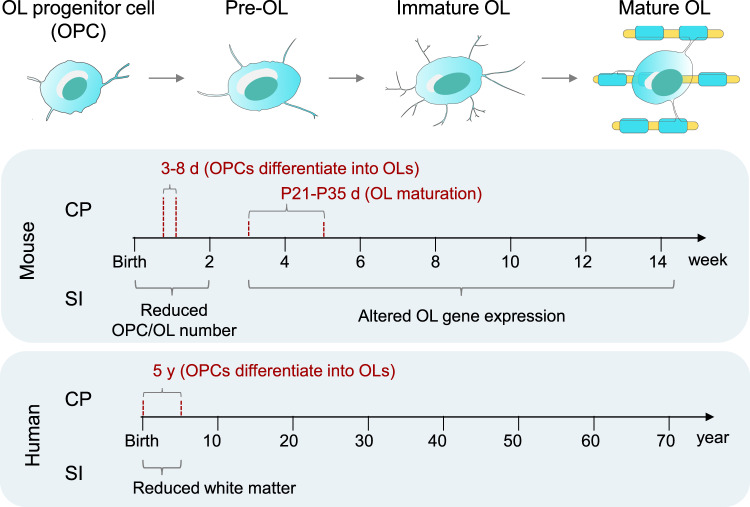Fig. 4. Effects of SI on oligodendrocyte progenitor cell (OPC) differentiation and oligodendrocyte (OL) maturation.
Oligodendrocytes are myelinating cells of the central nervous system that are generated from OPCs, and they follow a tightly orchestrated process of migration, proliferation and differentiation [159]. In the postnatal developing mouse brain, most divided OPCs differentiate into oligodendrocytes during a critical time window of 3–8 days after birth. The critical period (CP) of OL maturation in the mouse mPFC is from P21 to P35. Consistently, SI after weaning at P21 affects only OL gene expression and not the number of OPCs/OLs, while SI for 2 weeks after birth reduces the number of OPCs and promotes earlier maturation of OLs. In the human corpus callosum, most OPCs are differentiated into OLs at 5 years of age, and the number of OLs begins to plateau. Early-life SI results in reduced white matter in several brain regions in orphans. Thus, five years of age might be a turning point when SI causes different effects on myelination (the number of OPCs/OLs versus OL maturation) in the human brain.

